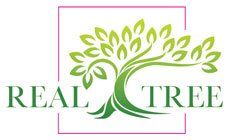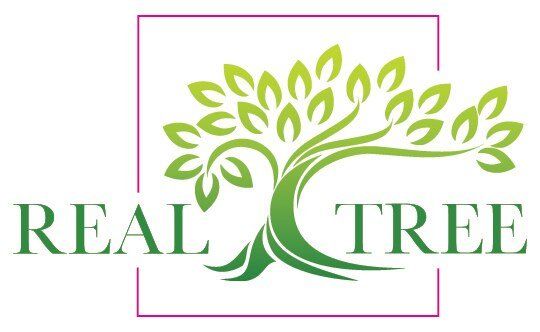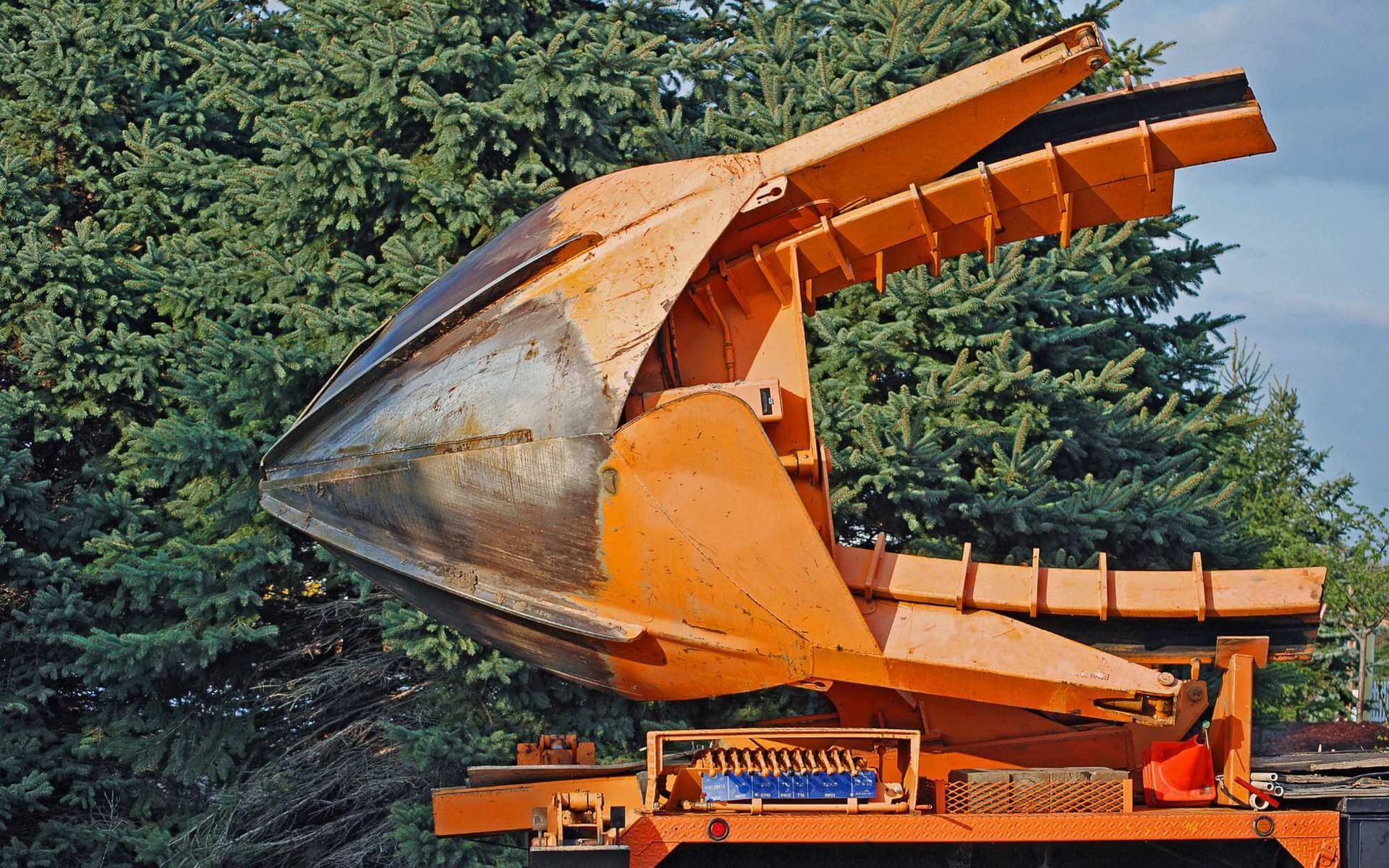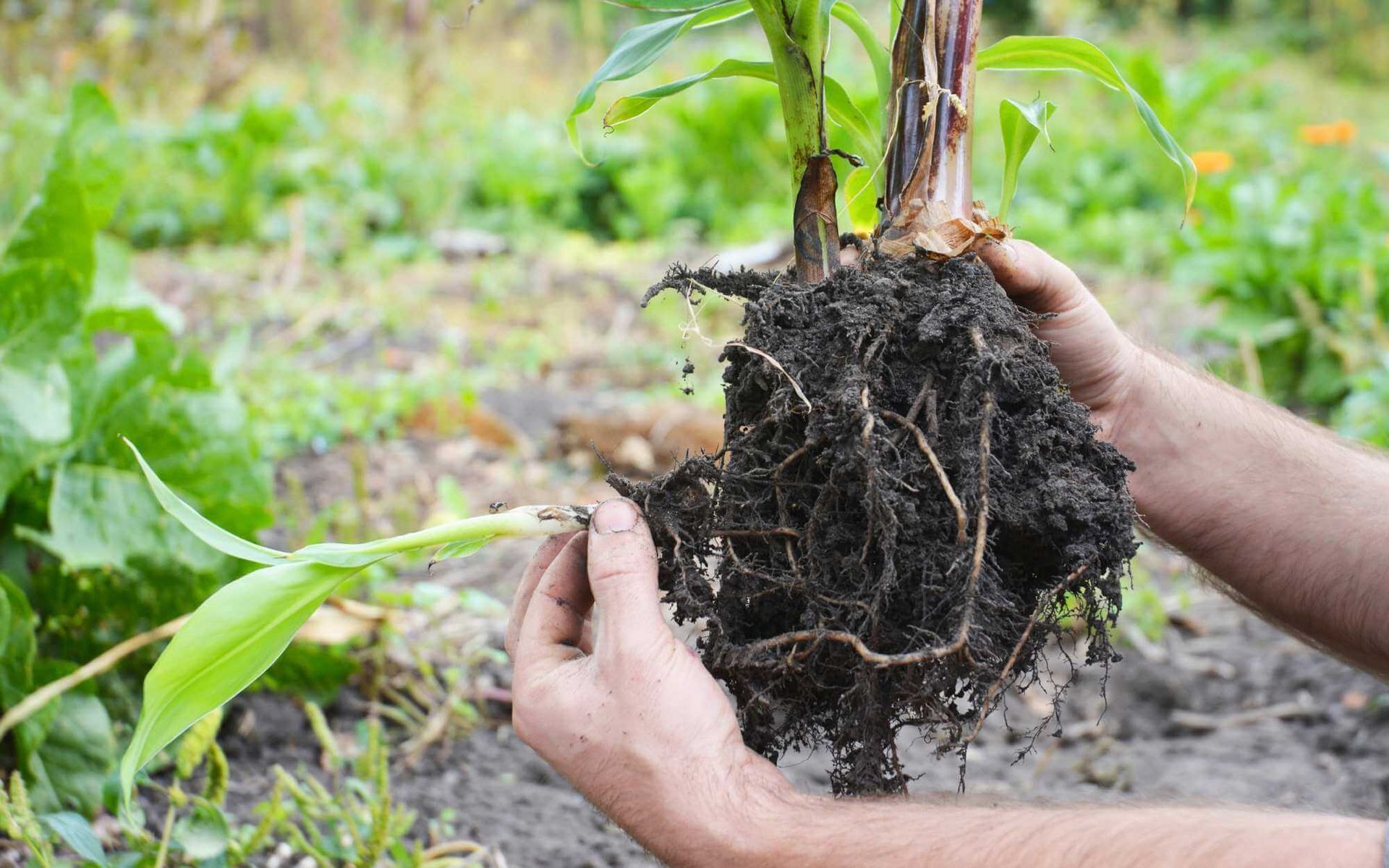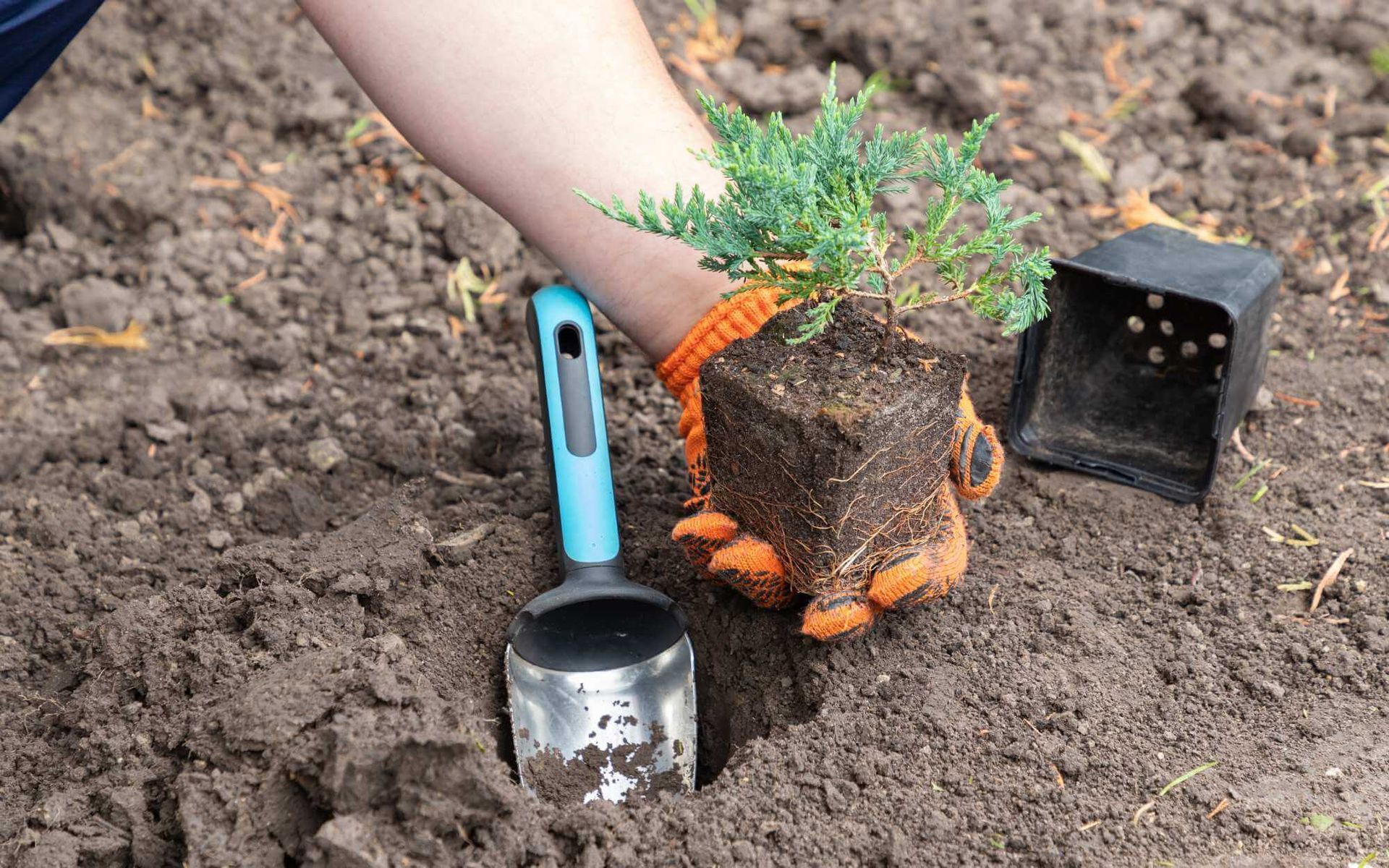Real Tree Team
Arborist, Tree Service and Tree Removal Services
License #: FL-10250A
CALL FOR A FREE QUOTE!
Expert Tips and Advice for Shaping and Pruning Fruit Trees
PUBLISHED ON
SHARE THIS ARTICLE
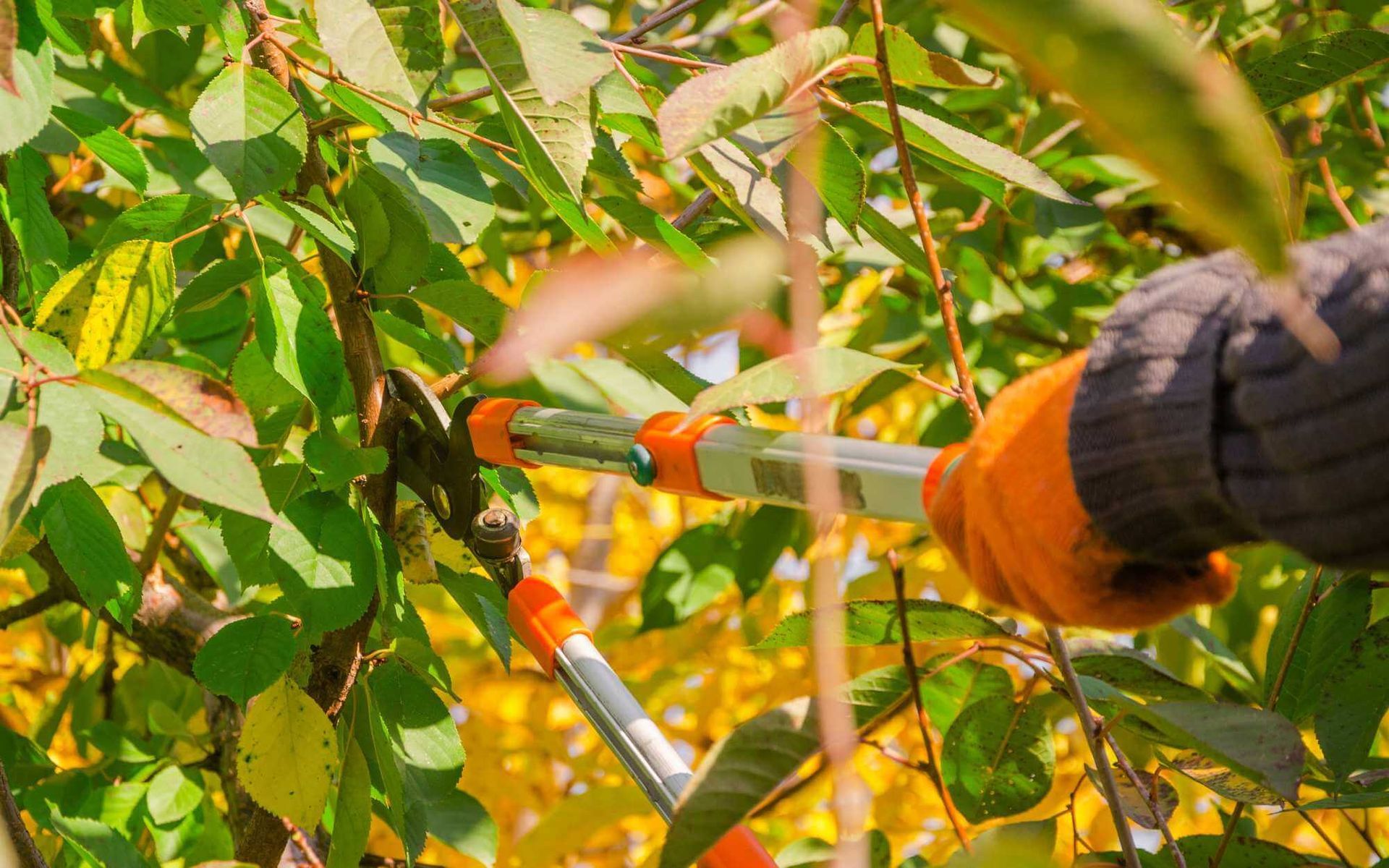
Caring for your home orchard or backyard fruit tree can be a truly rewarding pursuit, as you get to enjoy the literal fruits of your labor, while the practice itself can be a relaxing and therapeutic activity.
One of the key aspects of fruit tree maintenance is shaping and pruning, which, when done correctly, can significantly enhance both the tree's lifespan and its yield. This process, however, requires a certain degree of knowledge and expertise. With expert advice and tips handy, even the most novice gardener can effectively care for their fruit trees.
Learn more about the importance of
shaping and pruning fruit trees in this blog post, and take your gardening skills to the next level.
The Basics of Fruit Tree Pruning and Shaping
Shaping and pruning fruit trees offer numerous benefits, including improved tree health, increased fruit quality, and enhanced aesthetic appeal. By removing dead or diseased branches, you prevent the spread of harmful pathogens, thereby maintaining the tree's health.
Moreover, shaping ensures that sunlight and air can circulate uniformly through the tree, promoting healthier and larger fruits.
Seasonally, late winter or early spring is the ideal time for pruning, when trees are dormant and wounds heal quickly. However, summer pruning can control growth and improve next season's blossoms. It's vital to remember that timing and technique may vary depending on the type of fruit tree. Always consult with a professional or a trusted gardening guide.
Expert Tips for Shaping Fruit Trees
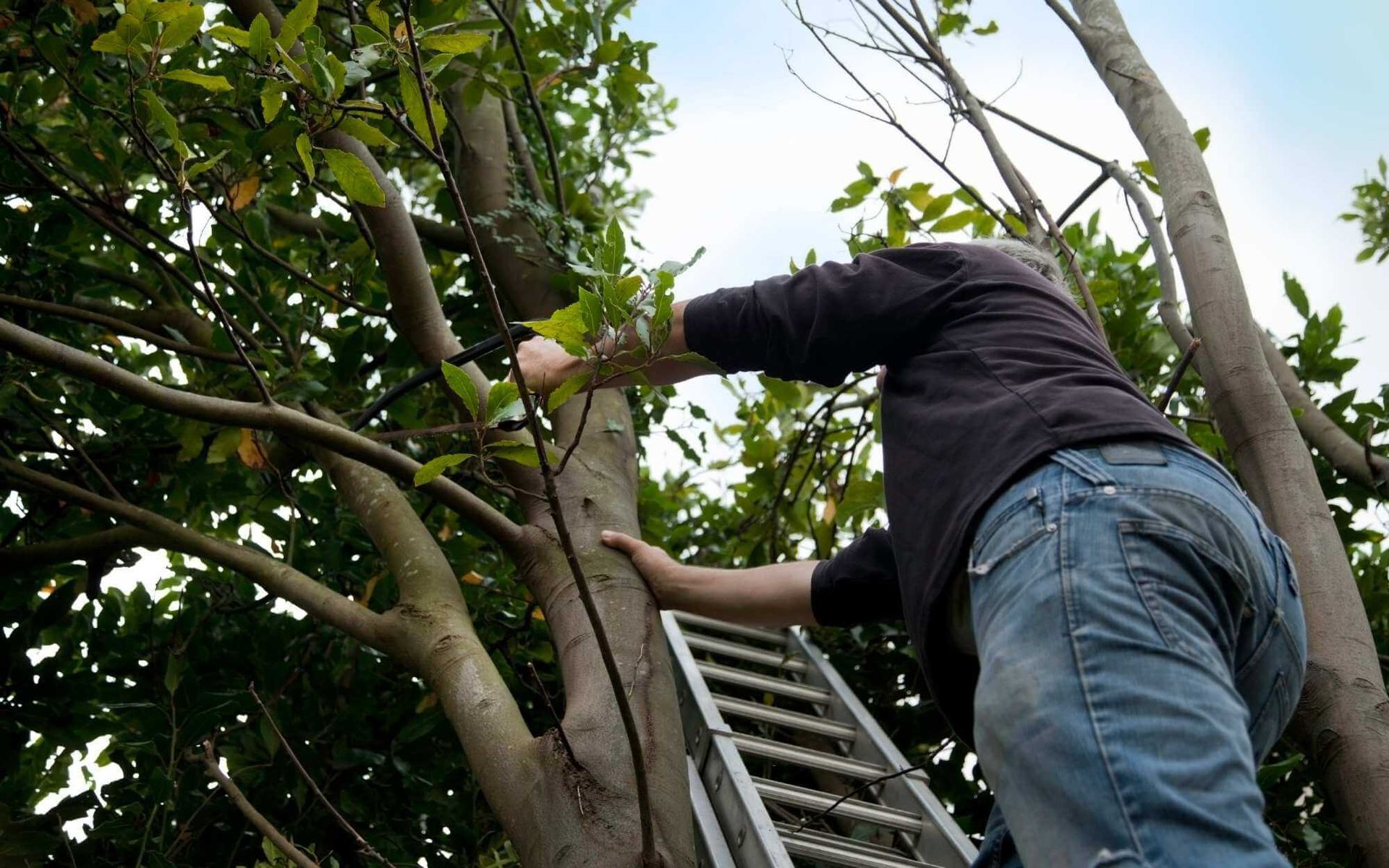
Expert advice can help you shape your fruit trees like a pro, increasing their yield and enhancing their beauty. Start from here:
Selecting the Right Tools
Your tools can make or break your pruning experience. Ensure you have sharp, clean secateurs, loppers, and a pruning saw. High-quality, sharp tools ensure clean cuts that facilitate quicker healing, reducing the risk of disease. Cleanliness prevents the spread of pathogens.
Understanding Tree Growth Patterns
Understanding the growth patterns of your fruit trees is paramount. Trees have different growth and branching habits, dictating the pruning strategy. Learn about your tree's natural form, growth rate, and branching pattern to make informed pruning decisions, optimizing fruit production and overall health.
Pruning Techniques for Optimal Shape
Your pruning technique can significantly influence a tree's shape and productivity. Learning methods such as thinning cuts, heading cuts, and directional pruning can help maintain your tree's shape and stimulate fruitful growth. Remember, the goal is to create a balanced, open canopy, facilitating light penetration and air circulation.
Advice for Pruning Fruit Trees
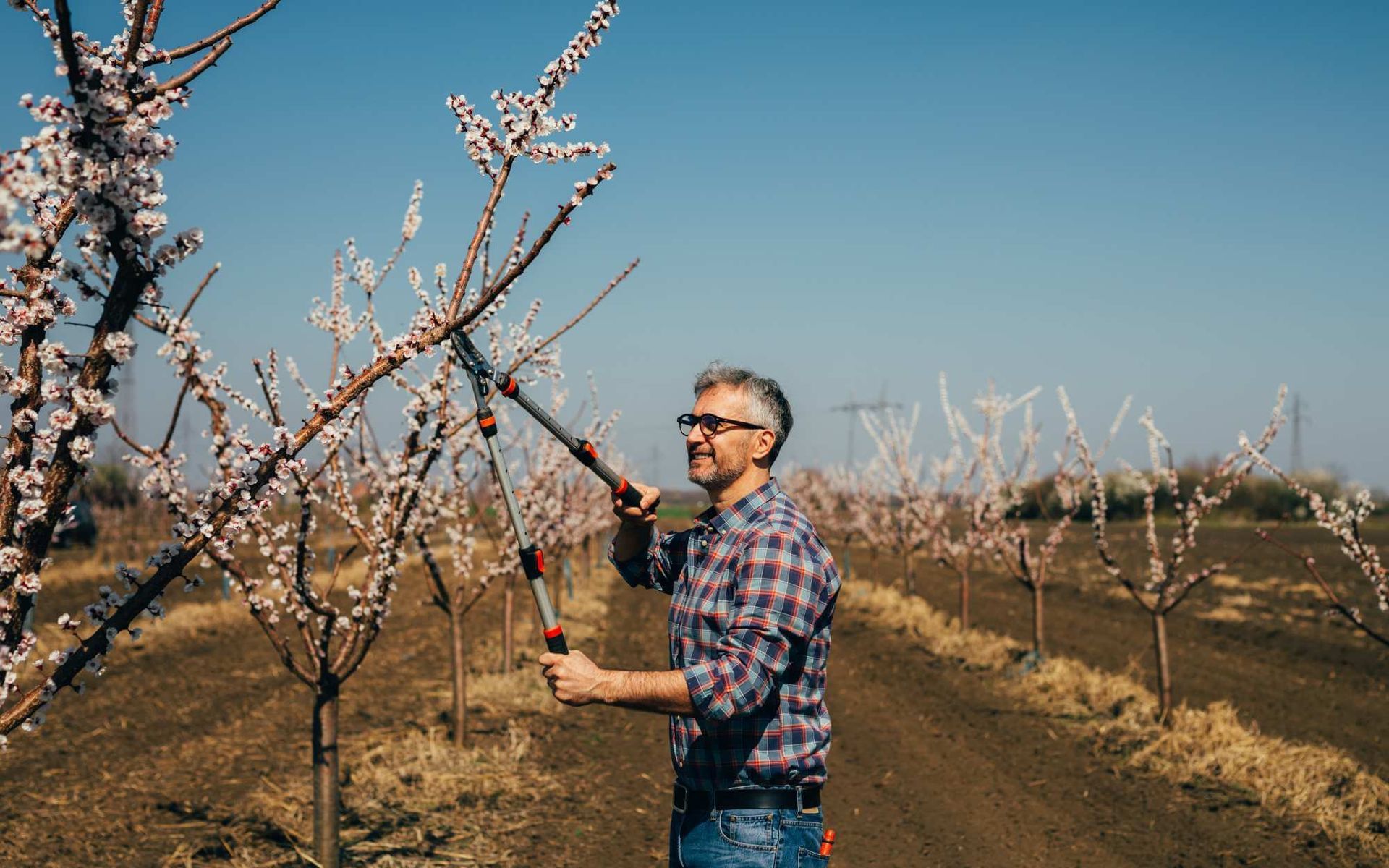
Fruit tree pruning requires a keen eye and strategic planning. Three elements to consider are identifying dead branches, promoting fruit production, and maintaining tree health.
Identifying and Removing Dead or Diseased Branches:
Dead or diseased branches pose a potential threat to a tree's overall health. They can be a breeding ground for pests and diseases. Recognizing these branches requires careful inspection, looking for signs like discoloration, peeling bark, or fungal growth. The timely removal of such branches stops the spread of disease, protecting the tree's wellbeing.
Promoting Fruit Production Through Strategic Pruning:
Strategic pruning significantly influences a tree's fruit production. By making targeted cuts, you can encourage fruitful branches to grow and discourage unproductive growth. The goal is to maximize the tree's energy towards producing quality fruits. Thinning and heading cuts are two techniques commonly used to stimulate fruit production.
Maintaining Tree Health and Structure:
Regular pruning goes a long way in maintaining a tree's health and structural integrity. Removing overcrowded branches allows better light penetration and air circulation, crucial for growth and disease prevention. It also helps maintain a balanced shape, preventing the tree from becoming top-heavy and reducing the risk of damage from wind or heavy fruit loads.
Fruitful Future with Expert Insights
Shaping and pruning are vital for enhancing the lifespan of your young tree, its yield, and overall health. By applying expert tips—like using the right tools, understanding growth patterns, and employing strategic pruning techniques—you can optimize your tree's productivity and aesthetic appeal.
If daunted by the task, don't hesitate to help from
professional fruit tree trimmers. Our team can help ensure a fruitful future for your trees!
Want a free quote or some friendly advice? Call our team today:
More Posts From The Real Tree Blog:
ISA Certified Arborists. Licensed, Insured and Bonded.
Providing the Highest Quality Tree Services to South Florida since 1993.
FOLLOW US ON :
Contact Details
BROWARD & PALM BEACH COUNTIES
Site Links

LGBTQ+ Friendly
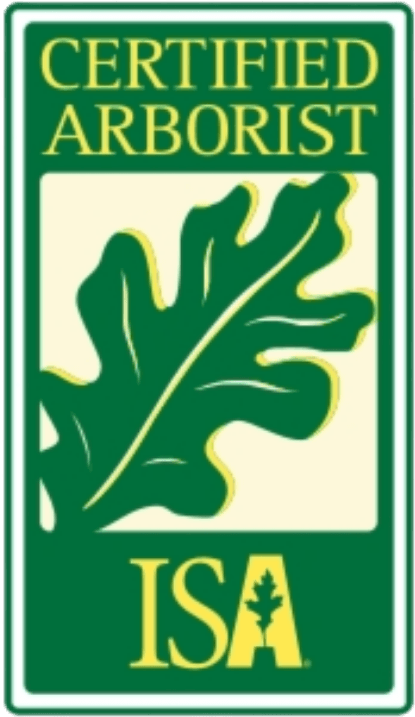
ISA Certified Arborist®
FL-10250A
| Real Tree Trimming & Landscaping, Inc
